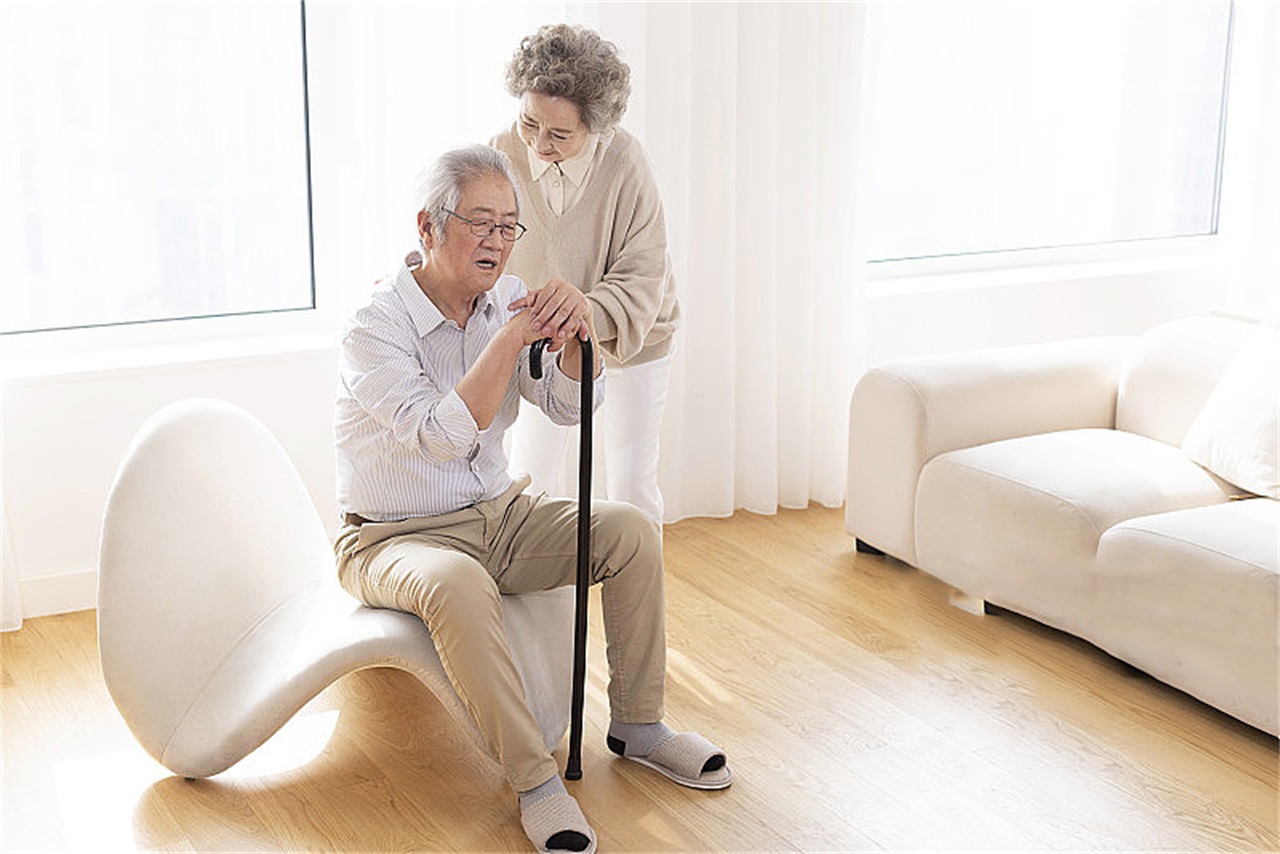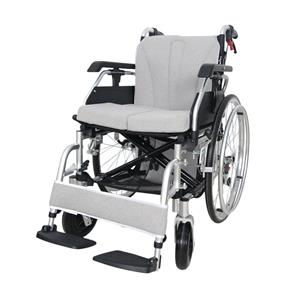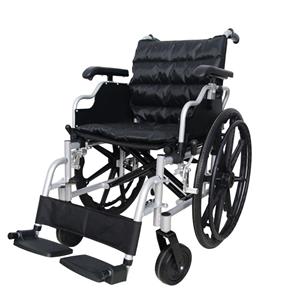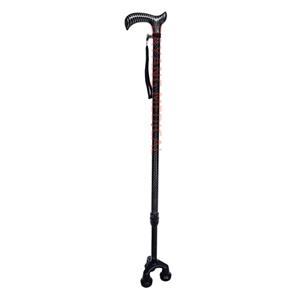How to Walk with a Walking Stick for Maximum Comfort
As we age, many people rely on walking sticks to improve their walking stability and comfort. However, not everyone knows how to use a walking stick correctly to achieve maximum comfort. This article will provide you with a comprehensive guide to help you understand how to walk with a walking stick, ensuring that every step you take is filled with confidence and comfort.

1.Choosing the Right Walking Stick
1.1Types of Walking Sticks and Selection
There is a wide variety of walking sticks available, including traditional wooden canes, folding canes, canes with shock absorption features, and canes specifically designed for certain activities. The right walking stick depends on your personal needs and preferences. For example, if you travel frequently, a folding cane might be more suitable for you because it is easy to carry and store.
1.2How to Choose a Walking Stick Based on Height and Weight
When selecting a walking stick, height and weight are two important considerations. The walking stick should be tall enough so that when you stand with your arm hanging naturally, the top of the walking stick reaches your wrist. Additionally, the weight of the walking stick should match your body weight to ensure stability and durability.
2.Adjusting the Height of the Walking Stick
2.1The Ideal Height of a Walking Stick
The ideal height of a walking stick is such that when you stand with your arm hanging naturally, the top of the walking stick reaches your wrist. This ensures that your arm and shoulder maintain a natural and comfortable posture while walking.
2.2How to Adjust the Walking Stick for Maximum Comfort
When adjusting the height of the walking stick, you can use the special adjustment mechanism on the walking stick, usually by rotating the bottom of the walking stick. Ensure that after adjustment, the walking stick stands stably and does not wobble or tilt.
3.Correct Way to Hold the Walking Stick
3.1The Proper Grip on a Walking Stick
When holding a walking stick, your hand should be positioned in the middle part of the walking stick, with your palm facing down and your fingers naturally curved. Avoid gripping too tightly, as this can lead to hand fatigue and discomfort.
3.2Tips to Avoid Hand Fatigue
To reduce hand fatigue, you can alternate using both hands while walking or set the walking stick aside during breaks. Additionally, using a walking stick with a padded grip can also improve comfort.

4.Walking Techniques
4.1The Correct Walking Posture
When walking with a walking stick, maintain an upright posture, relax your shoulders, and keep your gaze forward. Your stride should be natural, neither too long nor too short. The walking stick should provide support with every step you take.
4.2How to Use a Walking Stick for Balance
Using a walking stick can help you maintain balance while walking, especially on uneven surfaces. Ensure that the bottom of the walking stick has enough traction to prevent slipping. You can also adjust the position of the walking stick to adapt to different terrains.
4.3Techniques for Walking Uphill and Downhill
When going uphill, the walking stick should be placed in front of you to help push your body upward. When going downhill, the walking stick should be placed behind you to help control your speed and maintain stability.
5.Adapting to Different Surfaces
5.1Walking Techniques for Hard and Soft Surfaces
When walking on hard surfaces, a walking stick can provide additional support and stability. On soft surfaces, such as grass or sand, a walking stick can help you maintain balance and prevent slipping.
5.2How to Deal with Uneven Terrain
When walking on uneven terrain, using a walking stick can help you detect obstacles ahead, such as rocks or tree roots. Additionally, a walking stick can provide extra push or pull when needed.
6.Common Mistakes and Solutions
6.1Common Mistakes When Walking
Some common mistakes include gripping too tightly, inconsistent stride length, and improper walking stick placement. These mistakes can lead to fatigue, discomfort, and even injury.
6.2How to Correct These Mistakes for Increased Comfort
To correct these mistakes, you need to practice the correct way of holding the walking stick, maintain a consistent stride length, and ensure that the position of the walking stick suits your walking rhythm. You can also consult a physical therapist or a professional walking coach for personalized advice and guidance.
7.Additional Comfort Tips
7.1Wearing Comfortable Shoes
Wearing comfortable, well-supported shoes is crucial when walking with a walking stick. Ensure that your shoes fit your foot type and provide adequate cushioning and support.
7.2Using Walking Stick Accessories
Walking stick accessories, such as cane tips, cane sleeves, and cane hooks, can improve the comfort and practicality of the walking stick. For example, cane tips can increase the traction at the bottom of the walking stick, while cane sleeves can provide additional grip comfort.
Walking with a walking stick can significantly improve your comfort and stability, but using it correctly is essential. By following the guidelines in this article, you can ensure maximum comfort and support when walking with a walking stick. Remember, practice is key, so don't hesitate to start practicing these techniques to make your walking journey more enjoyable and safe.




